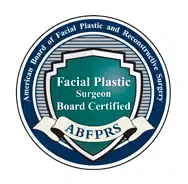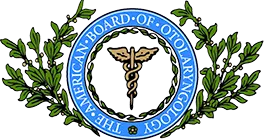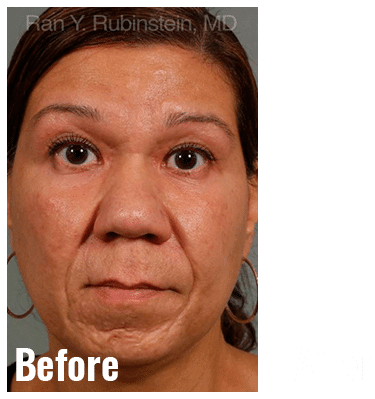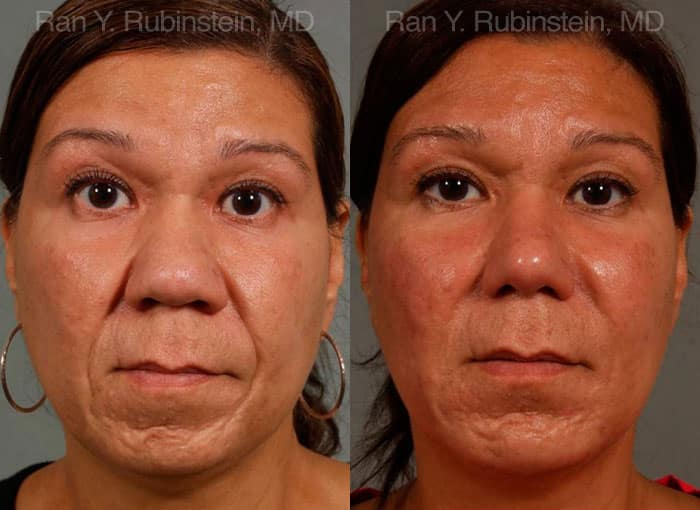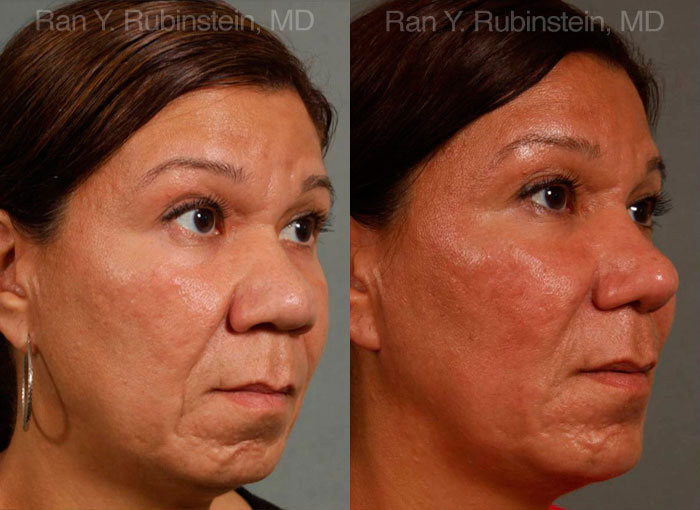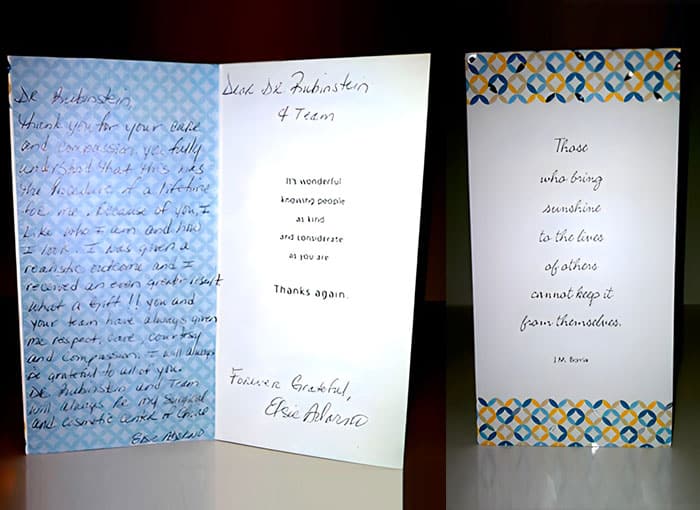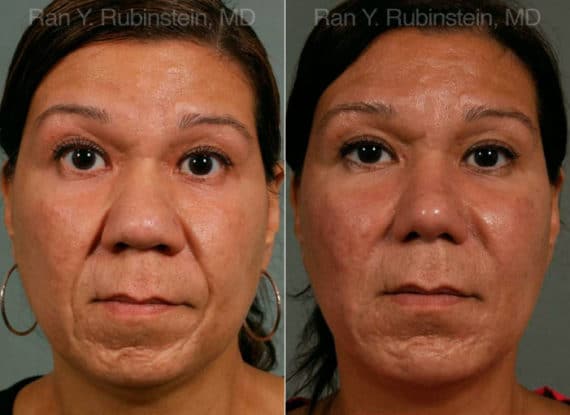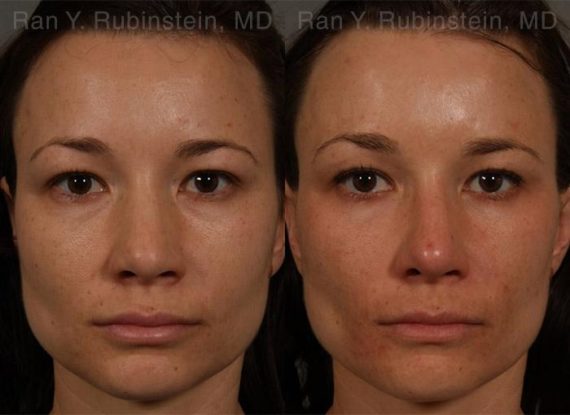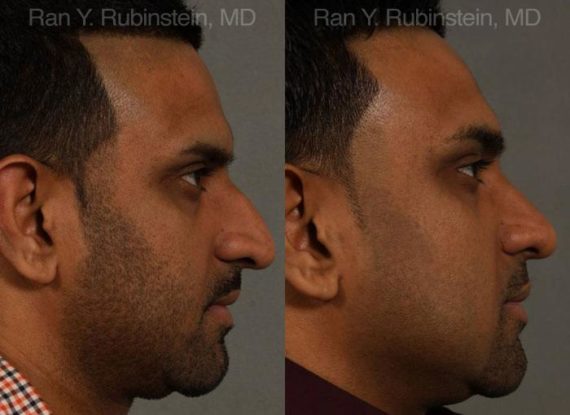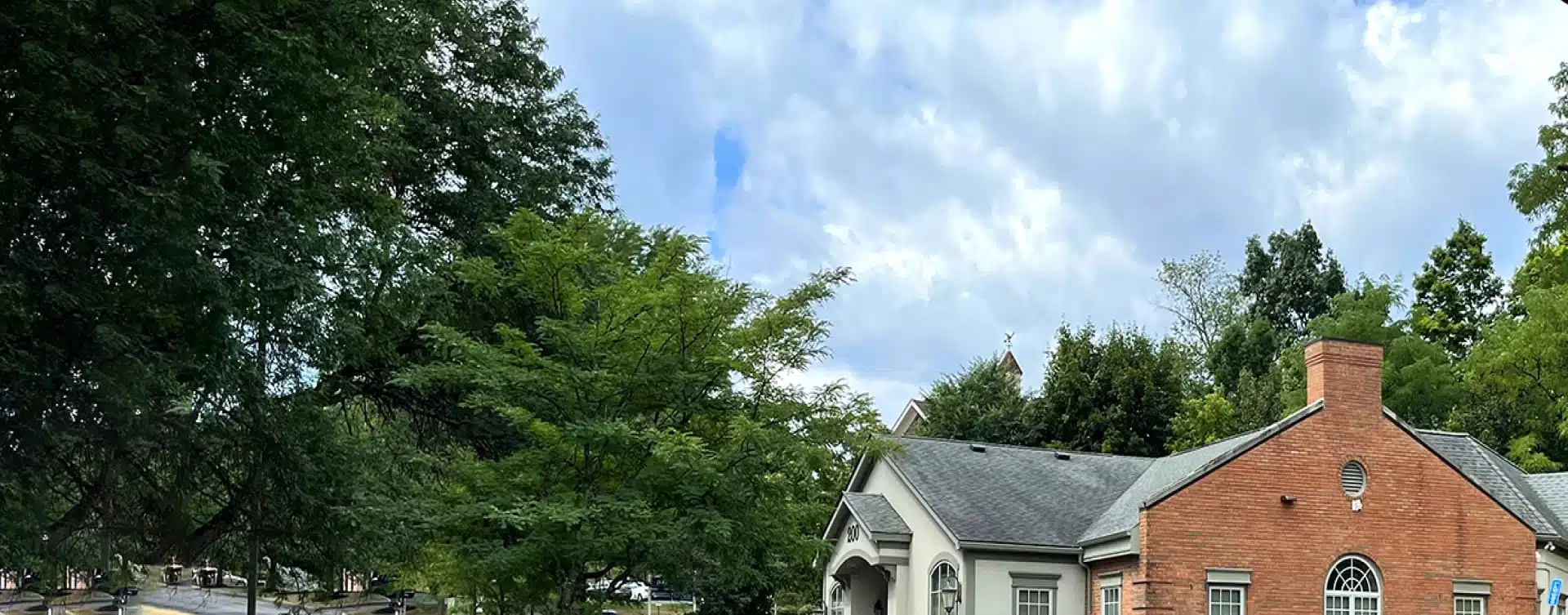Harmonize Features with Ethnic Rhinoplasty’s Benefits.
In the vast tapestry of human beauty, every ethnicity has its distinct charm. Ethnic Rhinoplasty isn’t just a procedure; it’s a celebration of that diversity. Tailored to honor individual heritage, Dr. Rubinstein’s expertise at Laser & Cosmetic Surgery Specialists, PC in Newburgh, NY ensures each procedure resonates with authenticity.
Ethnic Rhinoplasty Overview
The proportions of the nose are relative to the rest of the face’s prominent features in its lower half, namely the upper and lower jaw (maxilla and mandible), and the lips. Dr. Rubinstein takes into account the unique facial features of each individual during an Ethnic Rhinoplasty, and is careful to maintain as much of the patient’s ethnic identity as the patient desires.
The end goal of the surgery is to produce a natural-looking nose with minimal soft tissues present, a smooth bridge of a proportionate height to the face, nostrils that are neither too wide nor too narrow, and a columella, or the bit of skin that divides the two nostrils, with a slight projection and within a certain angle to the upper lip. In turn, this correction alters the nasolabial angle, resulting in a meeting point close to 100 degrees.
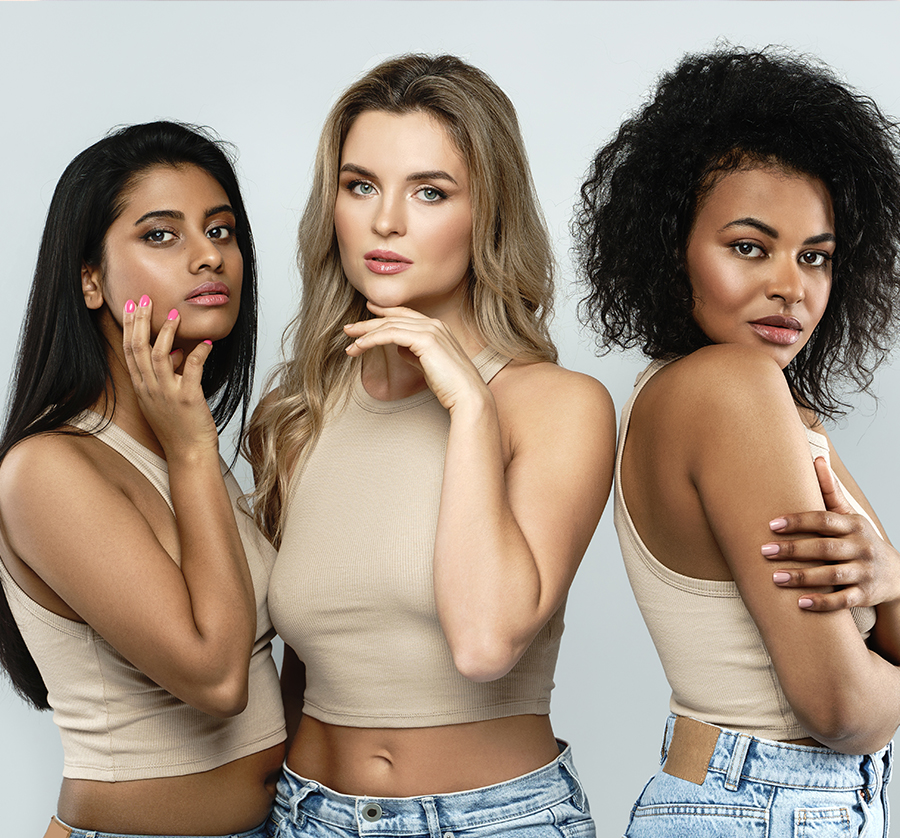

Meet Elsie
A Customized Facial
Enhancement Story
- Age: 45 years old
- Concerns: Desire for a refined nose and a balanced facial profile without altering ethnic identity.
- Previous Treatments: Ethnic Rhinoplasty, Chin Augmentation, Juvederm.
Elsie, a 44-year-old lab research assistant in New York City, was seeking to enhance her facial aesthetics by refining her nose and achieving a more balanced look. After thorough research and several consultations, she felt most confident with Dr. Rubinstein, known for his respectful approach to maintaining a patient’s ethnic characteristics.
A year after the procedures, Elsie is extremely satisfied with the results. Dr. Rubinstein performed an ethnic rhinoplasty along with chin augmentation and Juvederm injections to smooth deep nasolabial folds, all within his state-of-the-art surgical suite. These interventions were meticulously planned and executed to enhance Elsie’s natural beauty without diminishing her ethnic features. The subtle changes made to Elsie’s facial profile had a significant impact on its sculpted and harmonious appearance.
Elsie’s New Chapter: Refined Harmony
See how Dr. Rubinstein’s expertise in ethnic facial enhancements can create balanced, natural-looking results.

Ethnic Rhinoplasty Treatment
The corrections to the nose made with ethnic rhinoplasty can be performed using techniques created for those of Non-Indo European descent, which is more typical with African American and Asian patients, as well as those from Native American descent. The nostrils are often altered to form a more oval shape, and the bridge of the nose may be built up (through grafting or other techniques), which is typical with African American, Hispanic, and Asian patients, or lowered, which is more common with Middle Eastern patients. The tip of the nose may be restructured to better suit the nose’s new form. The nasolabial angle, which is the area between the nose and upper lip, may be corrected to form a more pleasing side profile that highlights the structure of the jawbones and lips.
Start Your Journey to Success, Don’t Wait More!
Schedule a consultation with Dr. Rubinstein
Candidates for Ethnic Rhinoplasty
African American, Hispanic, Asian, Middle Eastern, or other patients of ethnic descent can enhance their profile through an ethnic rhinoplasty. Benefits of this surgery are geared toward non-Caucasian noses. Patients should be in good health, both physically and mentally, and have a realistic vision of the results Dr. Rubinstein can achieve.
Revision Rhinoplasty

Rhinoplasty

Non-Surgical Rhinoplasty

To See More Before & After Pictures Visit our Gallery of Patient Results
Techniques Tailored for Ethnic Rhinoplasty Candidates
Each patient’s surgical experience will differ depending on their preferences and anatomical limitations. Procedural durations vary, with some surgeries lasting up to three hours. During a typical Caucasian Rhinoplasty surgery, a patient may request augmentations to refine existing cartilage, remove dorsal humps, and limit the projection of the nasal tip. An ethnic rhinoplasty, on the other hand, usually relies on dorsal augmentation, narrowing the nostrils, and increasing nasal projection by adding cartilage to the tip of the nose in order to achieve refinement and balance. The nose may be operated on in an open or closed fashion, and the surgery is performed under general anesthesia.
Some stitches may be used during the procedure, most typically the self-dissolving type. The patient of an ethnic rhinoplasty faces no more risks or complications than a traditional rhinoplasty patient.
Why Choose
Dr. Rubinstein
- Dr. Rubinstein is one of the top facial plastic surgeons in New York & New Jersey.
- He is double board certified by the American Board of Facial Plastic Surgery and the American Board of Otolaryngology-Head and Neck Surgery.
- Dr. Rubinstein has been in both private and academic practice for over 20 years.
- He is also an active member of the American Society for Laser Medicine & Surgery.
- Clinical Professor at New York Presbyterian Hospital.

